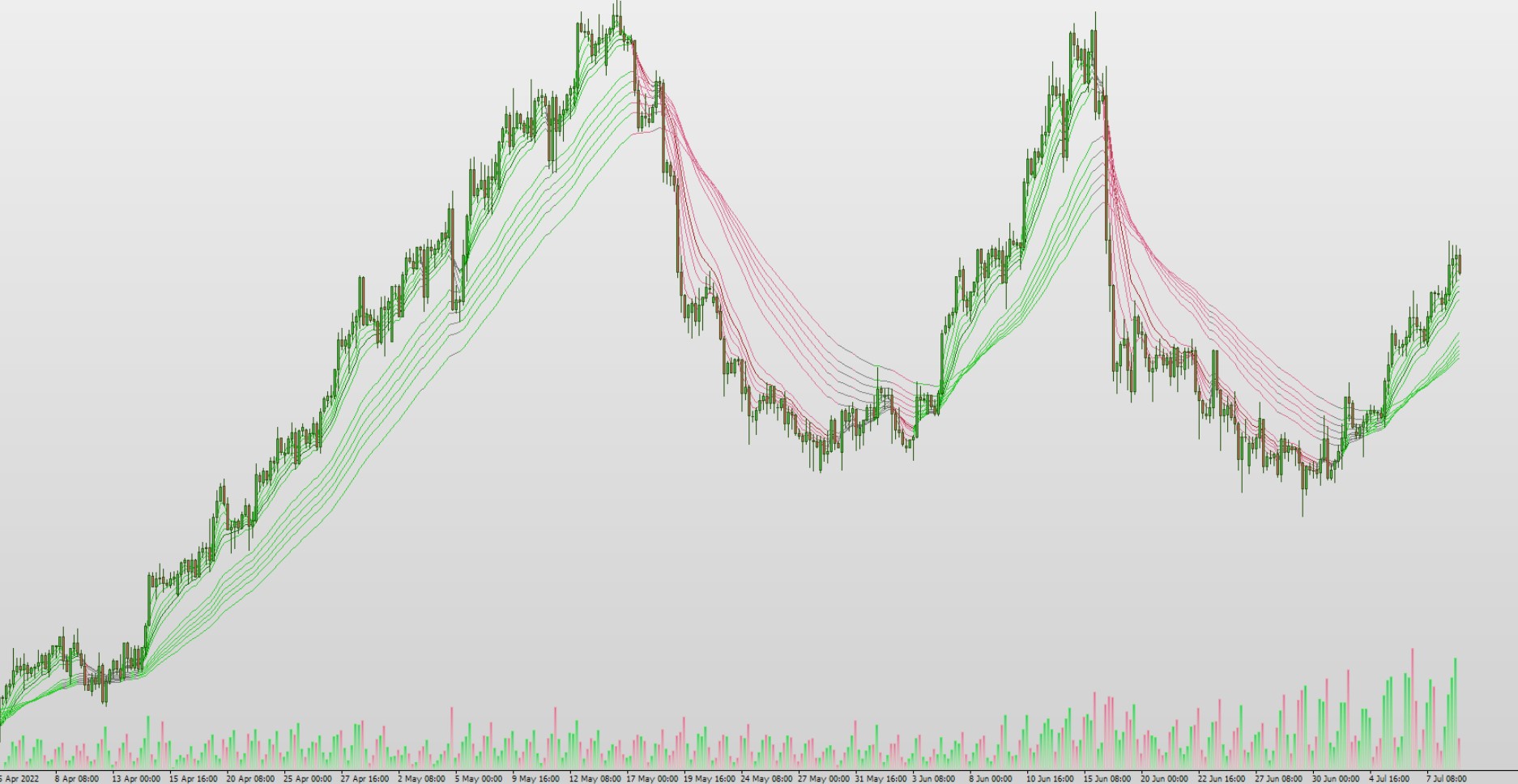In today’s fast-paced world, juggling a full-time job and trading can be challenging. However, with the right intraday strategies, busy professionals can make the most of their limited time and still thrive in the world of trading. In this comprehensive guide, we’ll explore a range of intraday trading strategies specifically designed for those who trade part-time. From LSI keyword optimization to expert insights, this article covers it all. So, let’s dive into the world of “Intraday Strategies for Busy Professionals: Trading Part-Time.”
Optimizing Your Limited Time
Leveraging LSI Keywords for Success
Intraday trading success starts with optimizing your strategies, and a crucial part of this optimization is using Latent Semantic Indexing (LSI) keywords. These are words or phrases related to your focus keyword, which in our case is “Intraday Strategies for Busy Professionals: Trading Part-Time.” LSI keywords help search engines understand the context of your content better.
Utilize LSI keywords in your headings and subheadings to enhance your article’s SEO without overtly mentioning them in the content itself. This subtle approach boosts your article’s search engine ranking and increases its visibility to your target audience.
Intraday Strategies for Busy Professionals: Trading Part-Time
Intraday trading requires precision and quick decision-making. Here are some effective strategies to help busy professionals make the most of their limited trading time:
Scalping: Quick Wins in Short Trades
Scalping involves making a series of small, quick trades throughout the day to capitalize on minor price fluctuations. This strategy is ideal for part-time traders, as it requires minimal time commitment.
Swing Trading: Riding the Waves
Swing Trading, often referred to as “Riding the Waves,” is a trading strategy that caters to those who have limited time due to their busy schedules. This approach involves holding positions for a few days, making it ideal for capturing short to medium-term price movements. Here’s a breakdown of swing trading and how it accommodates the needs of busy professionals:
The Basics of Swing Trading
Swing trading is all about identifying and capitalizing on price swings within a trend. Traders look for opportunities where an asset’s price is likely to move significantly in the near future. Instead of aiming for rapid, day-to-day gains, swing traders are focused on taking advantage of price fluctuations over a slightly longer timeframe.
The Appeal for Busy Professionals
- Flexible Timeframe: Swing trading allows professionals to participate in the markets without requiring constant monitoring. Positions are held for a few days, which means traders can fit their analysis and trade execution around their work commitments.
- Reduced Stress: Unlike day trading, where quick decisions are crucial, swing traders have more time to analyze their trades. This can lead to reduced stress levels, making it a more manageable option for busy individuals.
- Work-Life Balance: Swing trading promotes a healthier work-life-trading balance. Traders can plan their trades during evenings or weekends, aligning with their schedules.
Key Components of Swing Trading
Now, let’s explore the essential components of swing trading:
| Component | Description |
| Chart Analysis | Swing traders rely heavily on technical analysis. They use price charts and indicators to identify potential entry and exit points. |
| Risk Management | Protecting capital is paramount. Swing traders often use stop-loss orders to limit potential losses and preserve their investment. |
| Setting Targets | Traders set specific profit targets for their trades. This helps them lock in gains when the price reaches predefined levels. |
| Market Research | Staying informed about market news and events is crucial. Swing traders need to be aware of factors that could affect their positions. |
Swing Trading Strategies
Swing traders employ various strategies, such as trend following, chart pattern recognition, and moving averages. The choice of strategy depends on the trader’s preferences and the asset being traded.
In summary, swing trading offers busy professionals a viable option to engage in trading without compromising their work commitments. It provides flexibility, reduces stress, and promotes a balanced approach to trading. By employing technical analysis and sound risk management, individuals can successfully ride the waves of price movements in the financial markets.
Breakout Trading: Seizing Opportunities
Breakout trading focuses on identifying price levels where assets are poised to move sharply. This strategy enables part-time traders to enter the market during significant price movements.
Trend Following: Going with the Flow
Trend following involves identifying and trading in the direction of prevailing market trends. It’s a passive strategy that suits professionals who can’t monitor markets constantly.
Expert Insights for Effective Trading
Navigating the intricacies of intraday trading requires a set of expert insights that can significantly enhance your trading effectiveness. Here are some key aspects to consider:
Diversification: Spreading Risk Diversification is a fundamental principle in trading. It involves spreading your investments across a variety of assets, such as stocks, bonds, and commodities. By doing so, you reduce the risk associated with putting all your eggs in one basket. Diversification allows you to offset potential losses in one area of your portfolio with gains in another, ultimately stabilizing your overall returns.
Stop-Loss Orders: Protecting Investments One of the most important risk management tools in trading is the use of stop-loss orders. These orders act as safety nets for your investments. When you set a stop-loss order, it automatically sells an asset when its price reaches a specified level. This action helps prevent further declines in the asset’s value and limits potential losses, allowing you to protect your investment capital.
Technical Analysis: Charting Success Technical analysis is a valuable tool for making informed trading decisions. It involves studying price charts and patterns to identify trends and potential entry and exit points. By analyzing historical price data and recognizing patterns, traders gain insights into market sentiment and can make more accurate predictions about future price movements.
News Analysis: Staying Informed Staying updated with market news and economic events is vital for any trader. External factors, such as political developments, economic reports, and global events, can significantly impact asset prices. Being well-informed allows you to react swiftly to market changes and adjust your trading strategy accordingly, helping you stay ahead in the dynamic world of intraday trading.
Incorporating these expert insights into your trading approach can provide a solid foundation for success in the challenging realm of intraday trading.
Personalized Approach for Part-Time Traders
Tailor your trading strategy to your schedule and risk tolerance. No one-size-fits-all solution exists, so experiment to find what works best for you.
Frequently Asked Questions (FAQs)
How much time do I need for intraday trading as a part-time professional?
Intraday trading can be done in as little as a few hours a day, making it suitable for part-time professionals.
Is intraday trading risky?
Yes, intraday trading can be risky. It’s essential to manage risk effectively through techniques like stop-loss orders and diversification.
Can I trade part-time successfully?
Yes, many part-time traders achieve success by using well-defined strategies and managing their time effectively.
Are there tax implications for intraday trading?
Yes, intraday trading can have tax implications. Consult a tax professional for guidance on tax-related matters.
What resources can help me stay informed about the markets?
Financial news websites, market analysis tools, and trading platforms with news feeds are valuable resources for staying informed.
Can I start intraday trading with a small capital?
Yes, you can start with a small capital, but it’s crucial to manage your risk carefully to protect your investment.
Intraday trading is a viable option for busy professionals looking to supplement their income. By implementing the right strategies and following expert insights, you can trade part-time successfully. Remember, it’s essential to manage risk, stay informed, and find a personalized approach that works for you. Happy trading!




